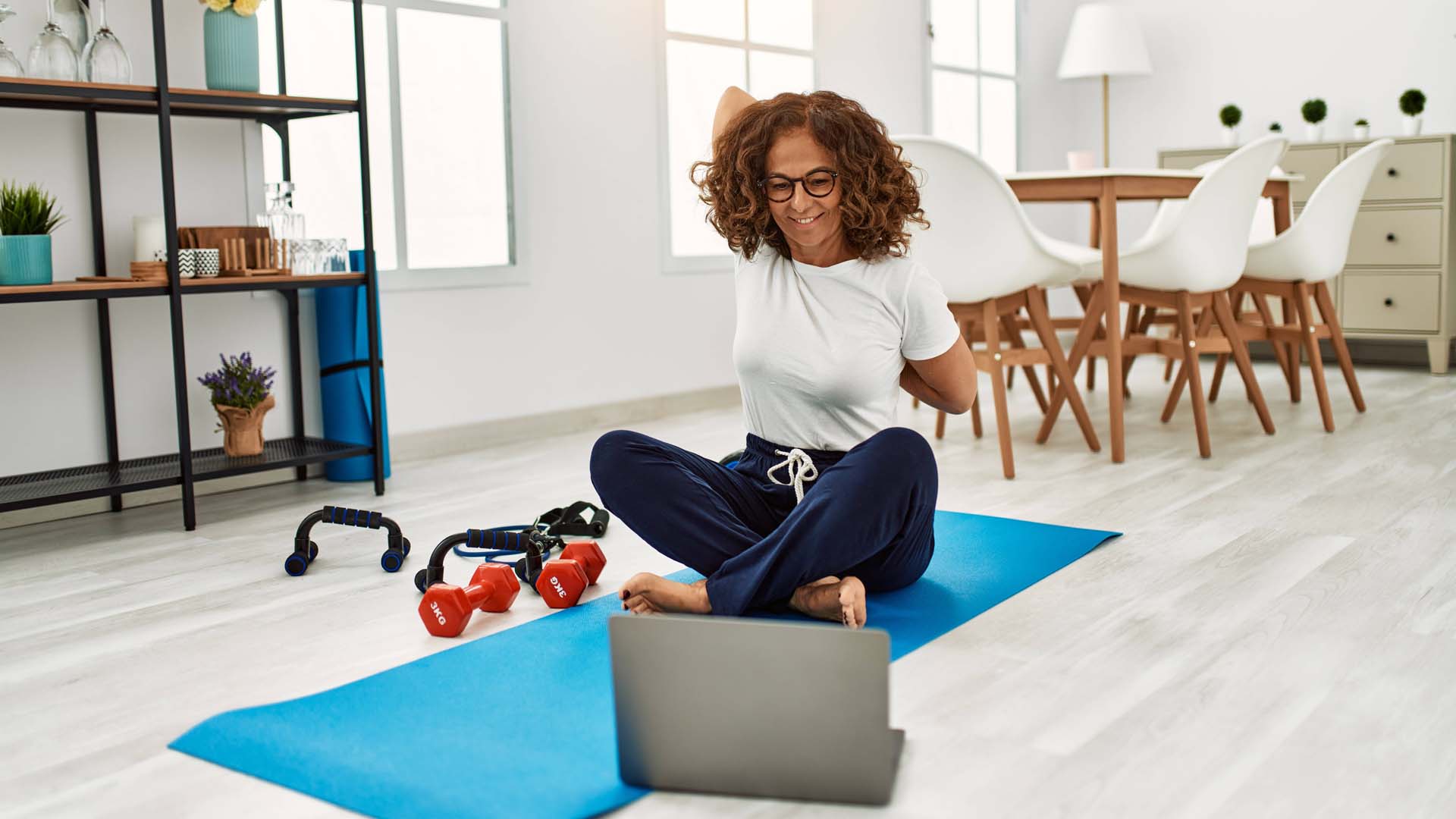
Muscles lose elasticity and become shorter as we age, which puts strain on the joints, so we need to keep flexibility.
Regular stretching not only helps ward off potential injury by keeping us supple, but it feels good too. And yes, you can totally groan out loud whilst doing it.
The problem with stretching is it can feel daunting to start, especially if you know you have tightness in certain areas.
It’s something that rewards the effort you put in, and after a few sessions you’ll really start to see (and feel) the benefits in your day-to-day life.
It can be confusing knowing when you should stretch and how long for. Some suggest stretches should only be done after a workout, when the muscles are warm, and blood is flowing through them.
Others say dynamic stretching (flowing from one move to another) should happen before a workout to prepare the body for what’s to come.
The fact is, if your body is warm enough, you can stretch whenever you like. Warm can mean after a walk outside; the heart is pumping blood to the muscles and our joints are loose and relaxed. It might mean waking up after a night under a cosy duvet (gentle stretching is ideal then).
Or you might just like to stretch whenever you choose. If you’ve been sitting for long periods, move around a bit first to get your muscles full of blood again.
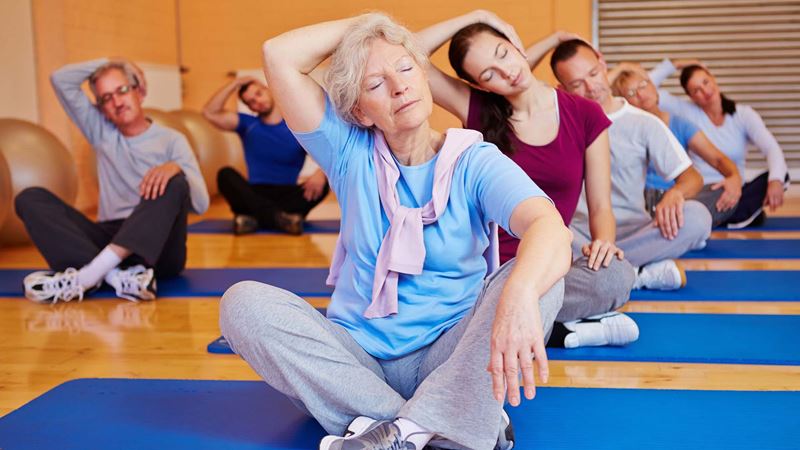
Some gyms have entire classes devoted to stretching, and of course many of the forms of yoga work on increasing flexibility too. The benefit of using yoga for flexibility is that it’s good for your mind, helping you switch off from day-to-day life and focus on your body, but in reality, this can apply to any form of stretching.
We’ve compiled a list of 12 basic stretches you can use at home to increase flexibility and reduce tightness in the muscles, and a lot of these work on pushing your stretch reflex.
Never heard of it? Well, everyone has a stretch reflex, and it’s that point at which your body stops itself from going too far, preventing injury. If you try the hamstring stretch, for example (listed below), there will come a natural point where you can’t stretch further.
At that point, hold the stretch for around thirty seconds, then relax and let the muscles ease. Take another deep breath, and as you exhale go into the stretch again. This will allow your body to stretch a little bit further.
It’s best to try these when your body is warm, so after exercising or when you’ve just woken up. You might not be able to adopt all these poses right away, and that’s okay.
Work towards them and use some of the modifications suggested throughout if needed – remember, you’re looking to build up your flexibility, not testing how flexible you are on day one and giving up...All you need is a space (ideally private...) and something soft to lie on; a yoga mat, a rug or carpet is just fine.
Stretch out your shoulders
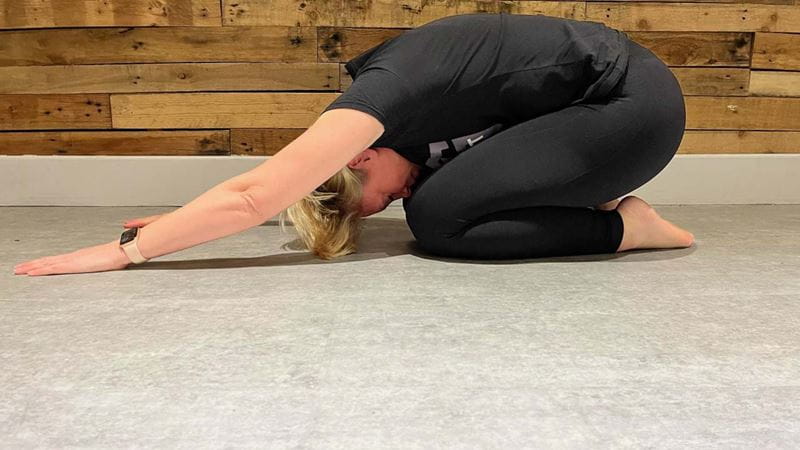
Ease the tension
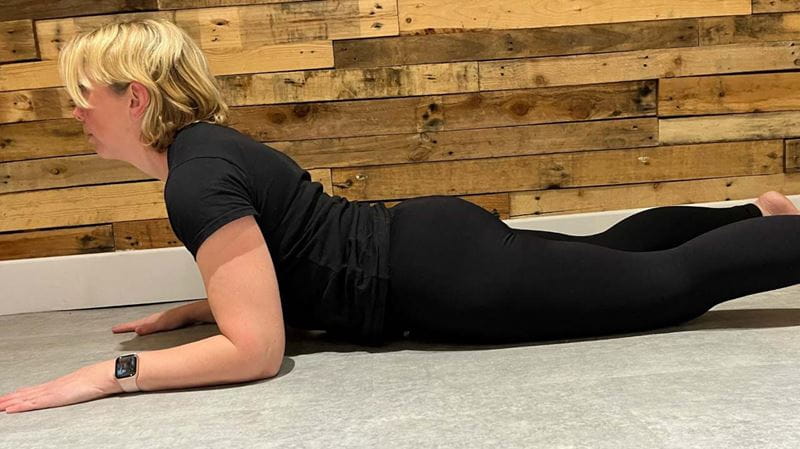
Stretch out your back muscles
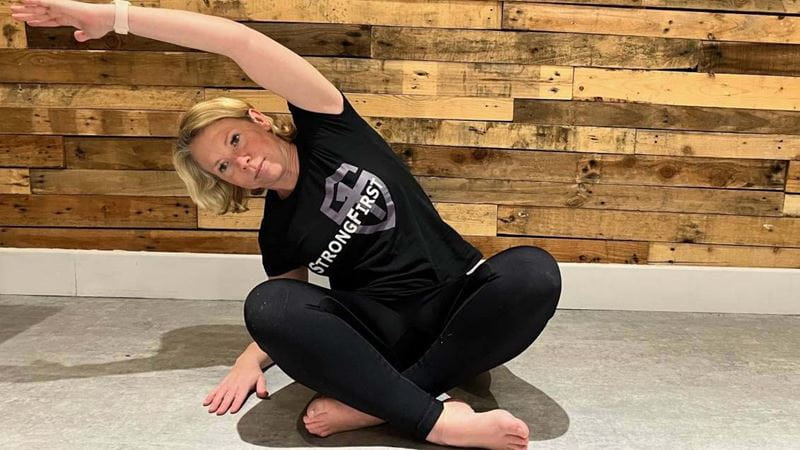
Give a tree a hug
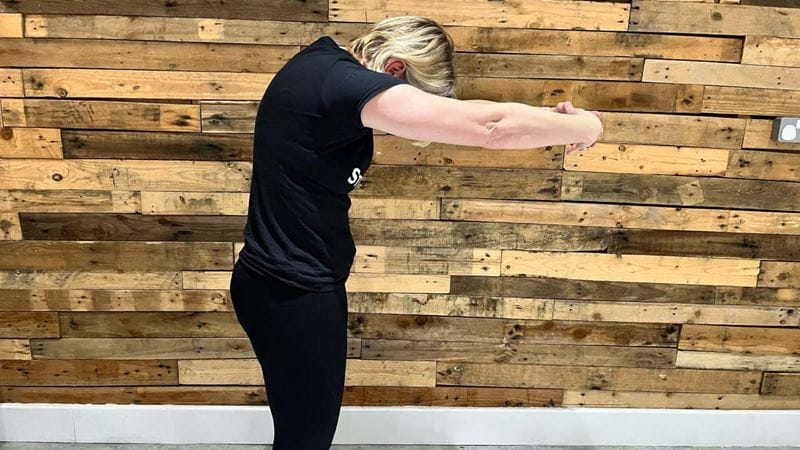
Stretches: Across the back of the neck and shoulders, specifically traps and rear delts. These can become tense when we are sitting typing for long periods, or when we’re stressed.
Try and remember the mantra “shoulders and ears aren’t friends!”
Open up the hips
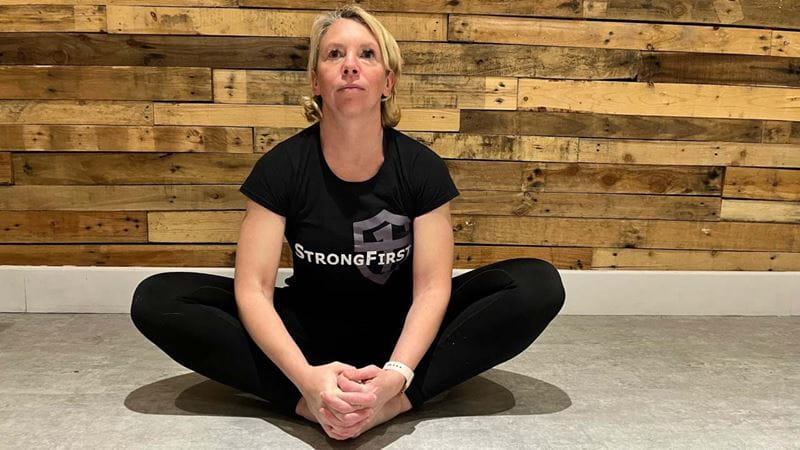
Stretches: Glutes (butt), thighs, hips. Flexibility in the hips and glutes is important; most of us spend time sitting for long periods, keeping our hip flexors contracted (shrunk).
Stretching them out, lengthening them again, lets them work in harmony with our glute muscles leading to less stiffness and pain.
Try a modified pigeon pose
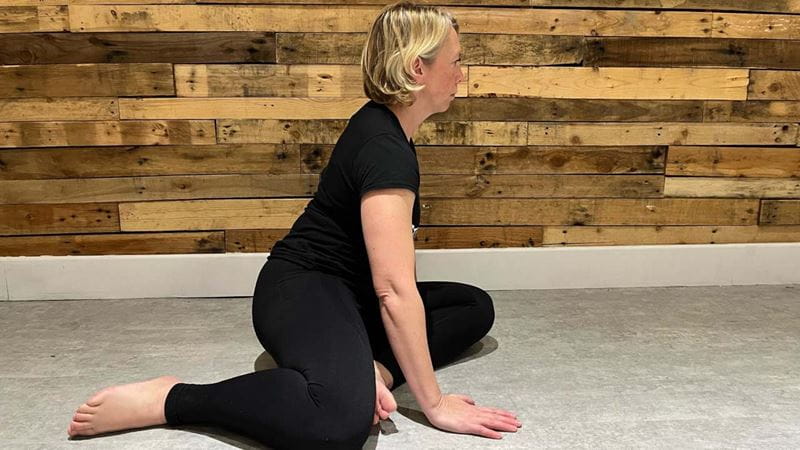
Ease any tightness in the hips
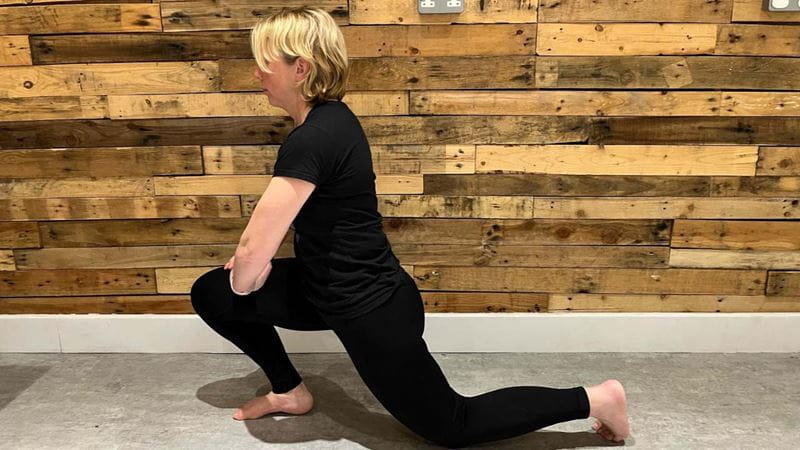
The gold standard of glute stretches
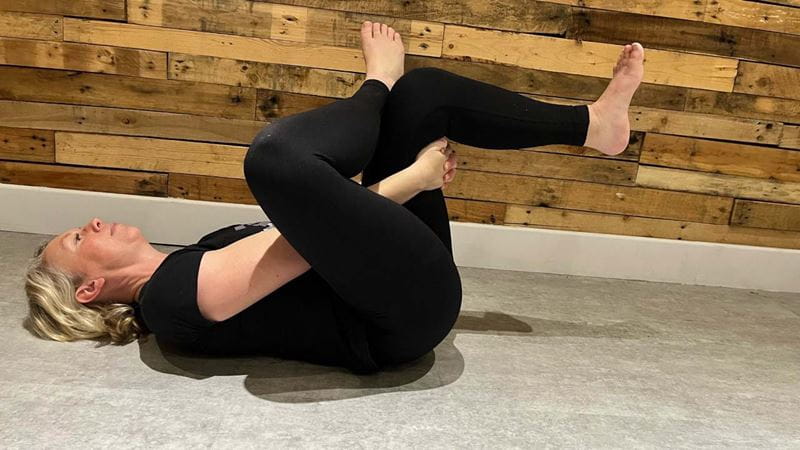
Stretches: Glutes, hips, hamstrings, lower back. This is an excellent stretch for the muscles of the lower back and glutes and can help relieve sciatic pain.
Improve flexibility in the leg muscles
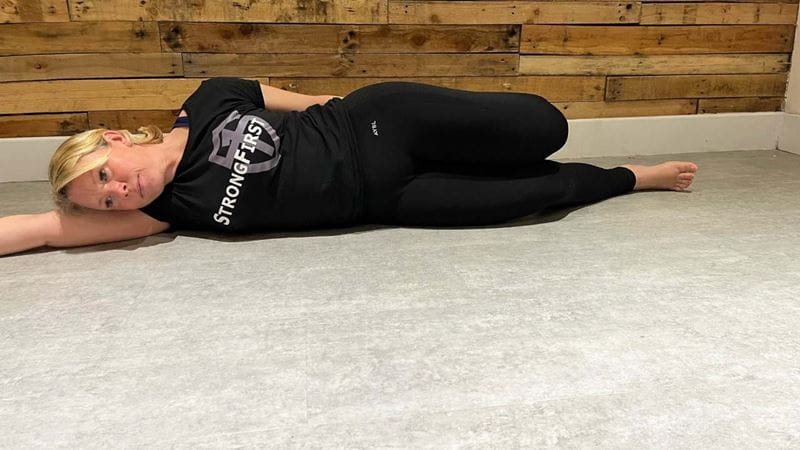
If you can’t reach, use a resistance band to help you by wrapping it around the foot and pulling the ends. You can buy them relatively cheaply in most sports shops or online.
Worth it, we promise
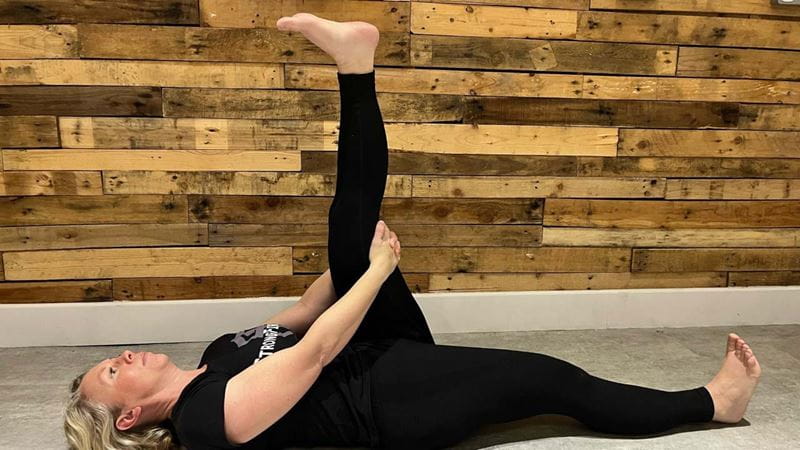
If you find it hard to keep your back on the floor when you’re pulling your leg in, use a resistance band for help (pictured).
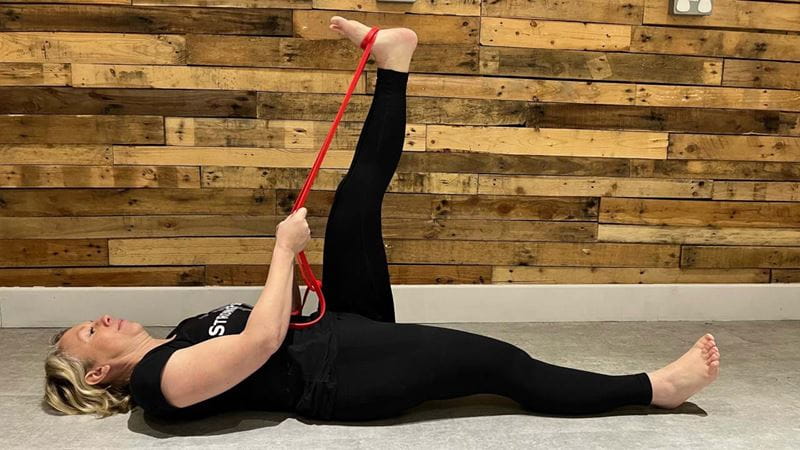
Stretch out the back of the arms
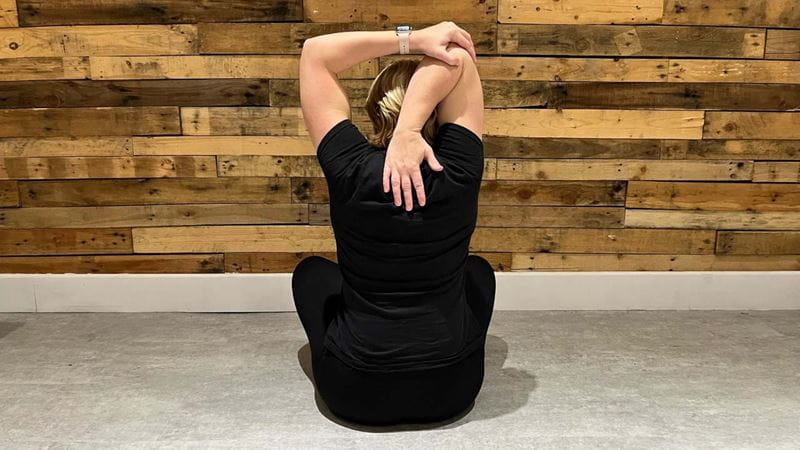
If you find it hard to reach across the top of your head, bring your spare arm around the front instead, and push on the upper part of the elbow (pictured)
Stretches: Triceps, neck, shoulders. This is a particularly good stretch if you’ve been doing a workout involving weights. Put simply, it’ll help you to be able to wash your hair the next day.
Curl up in a ball
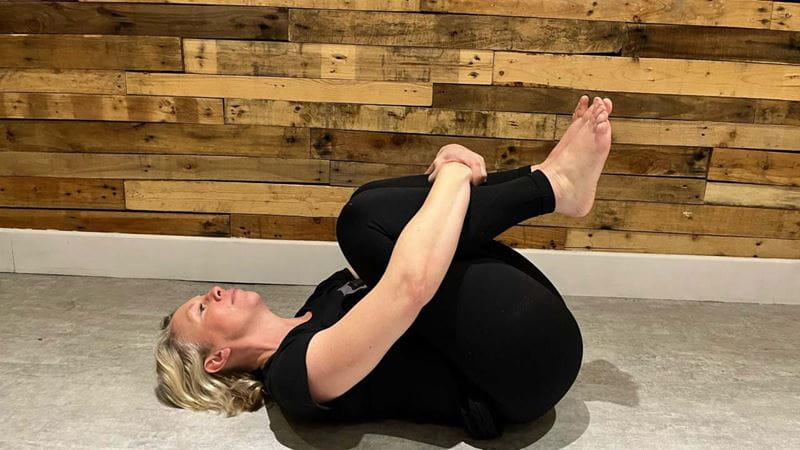
You don’t need to incorporate all these stretches into your routine; you might feel some are more applicable than others. If you spend a lot of time sitting at a desk for work, it’s a good idea to release the hip flexors and glutes with the figure four and hip flexor stretches.
If you have tight hamstrings (hello, runners), the lying hamstring stretch is very useful. Pair it with the quad stretch (which you can also do standing if you prefer) to stretch both the front and back of your legs.
Pick one or two stretches from our list or the routines suggested and commit to doing them daily. Take note of where you start, and then see how it feels in a week.
Becky Fuller is a fully qualified Personal Trainer, specialising in strength and conditioning for over 50s. Becky’s focus is helping people to become stronger both in body and mind, and to move well without pain.
Becky also has many years’ experience working as a freelance journalist.
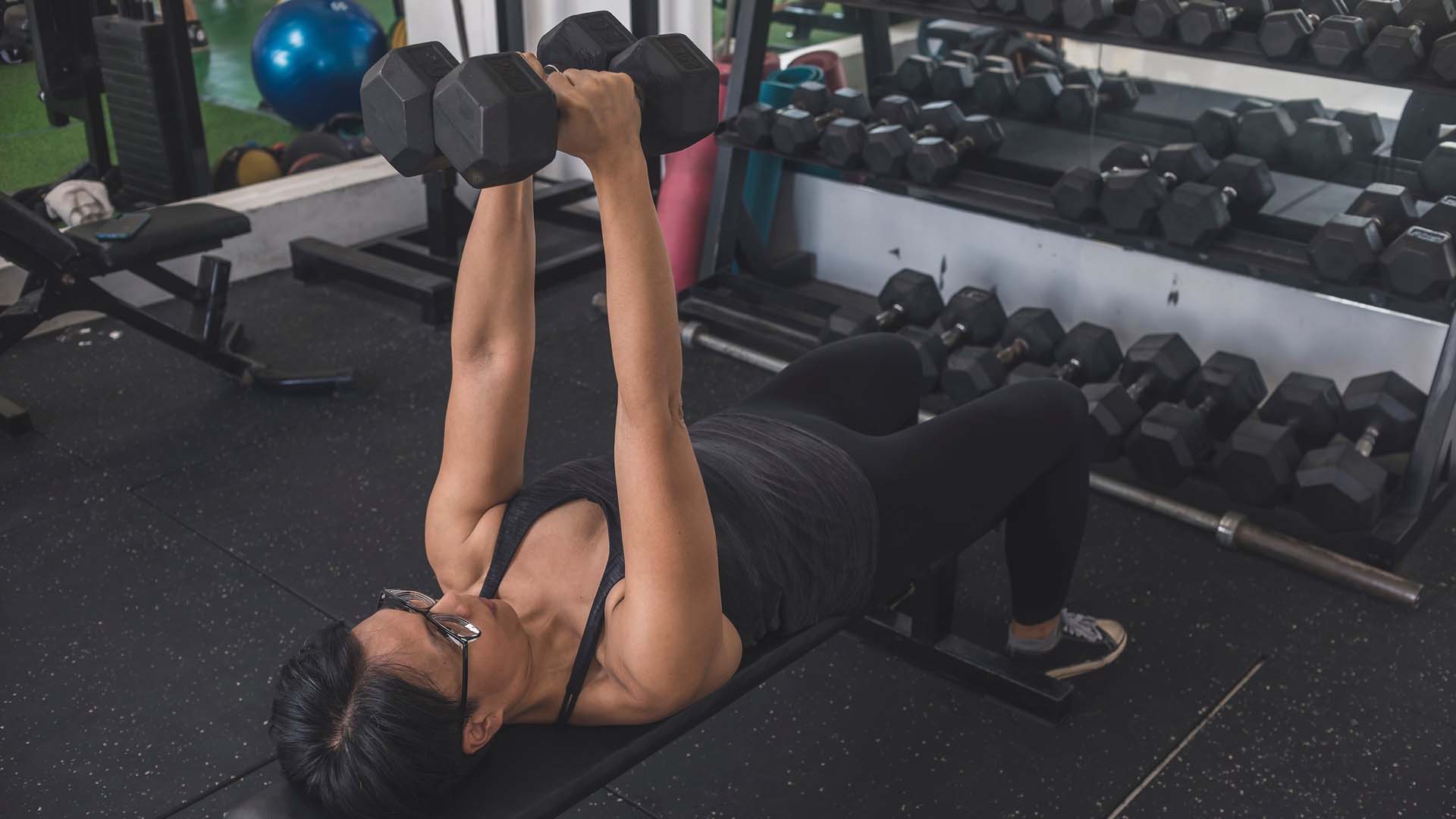

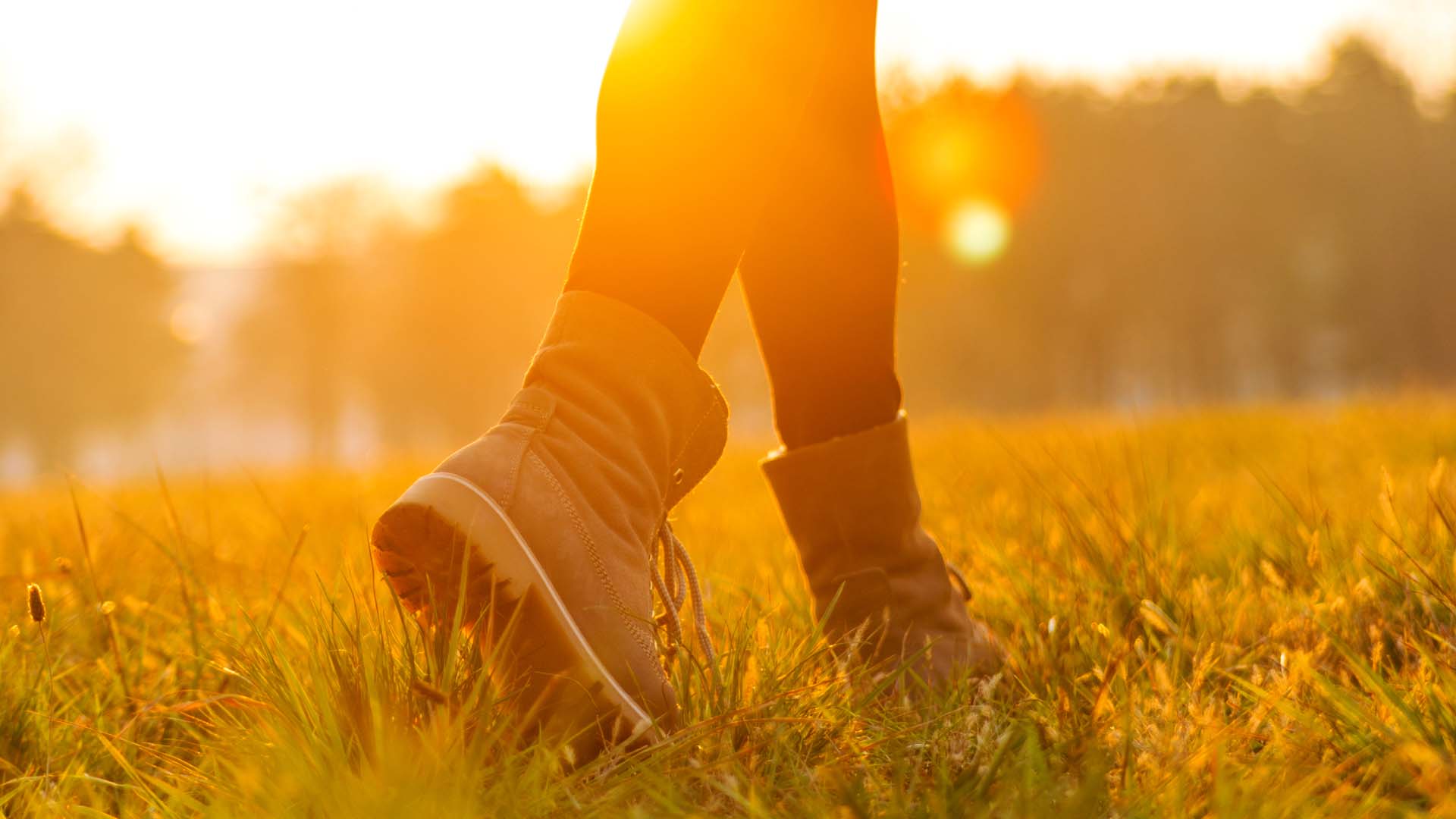

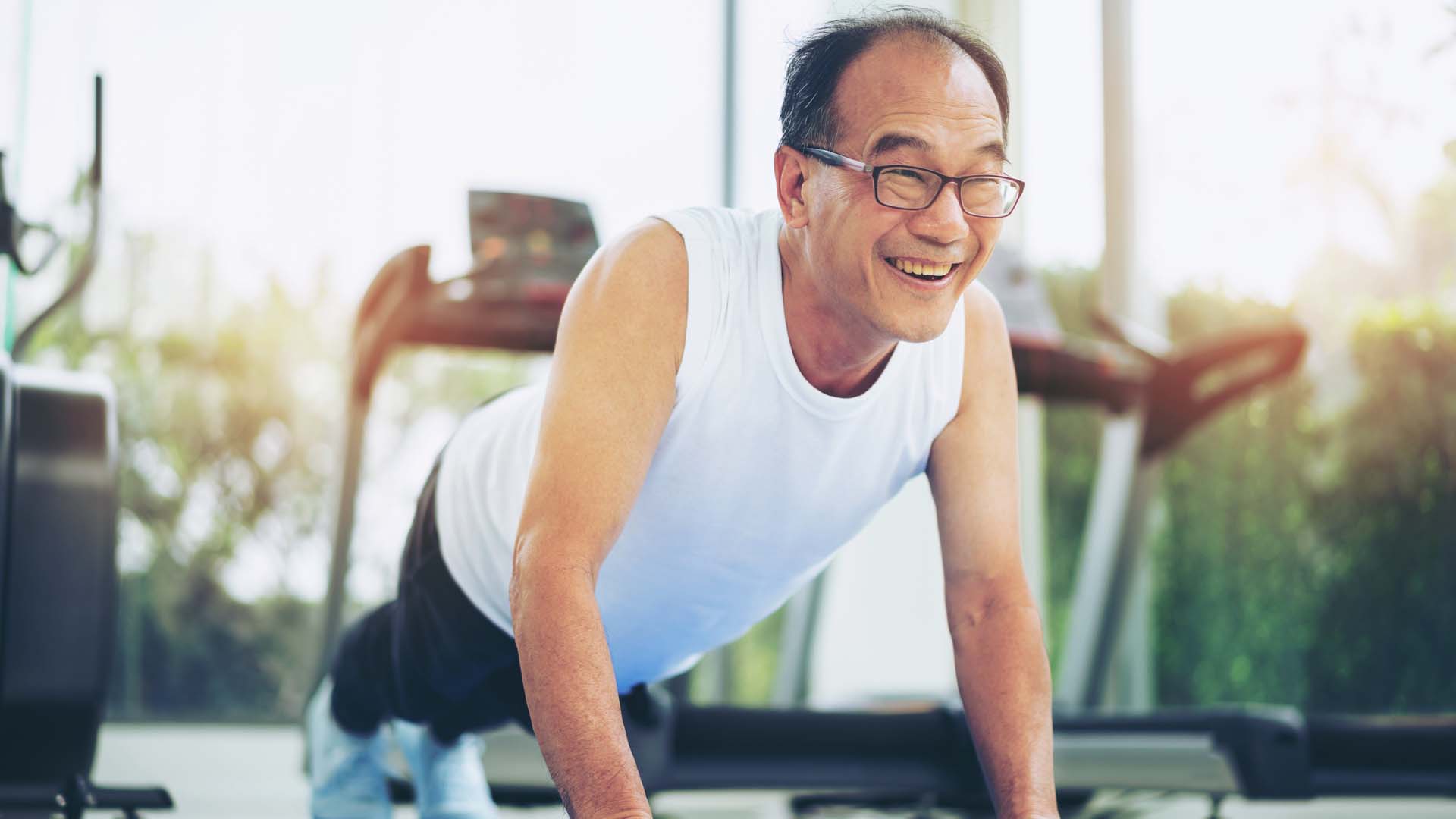
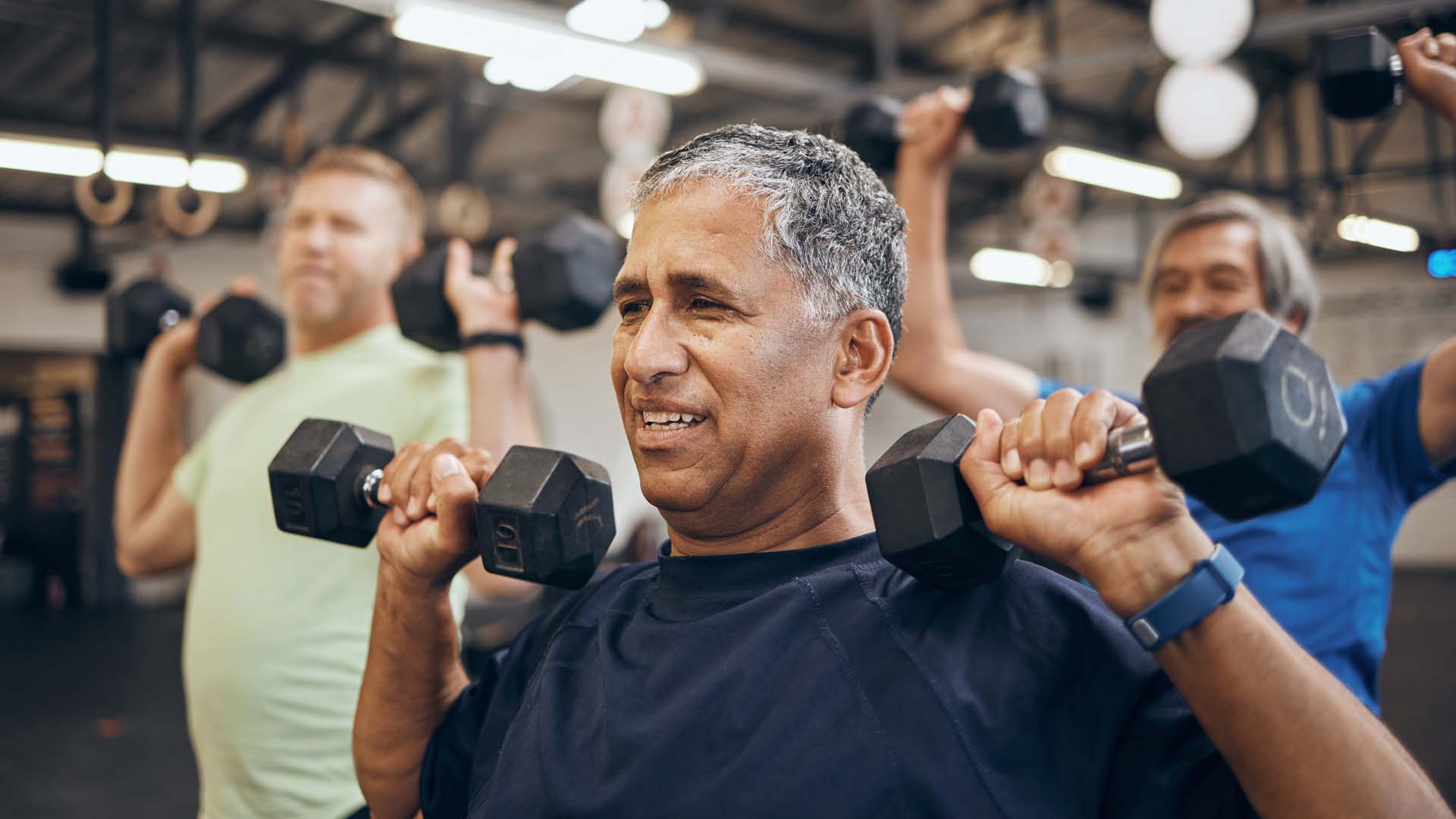
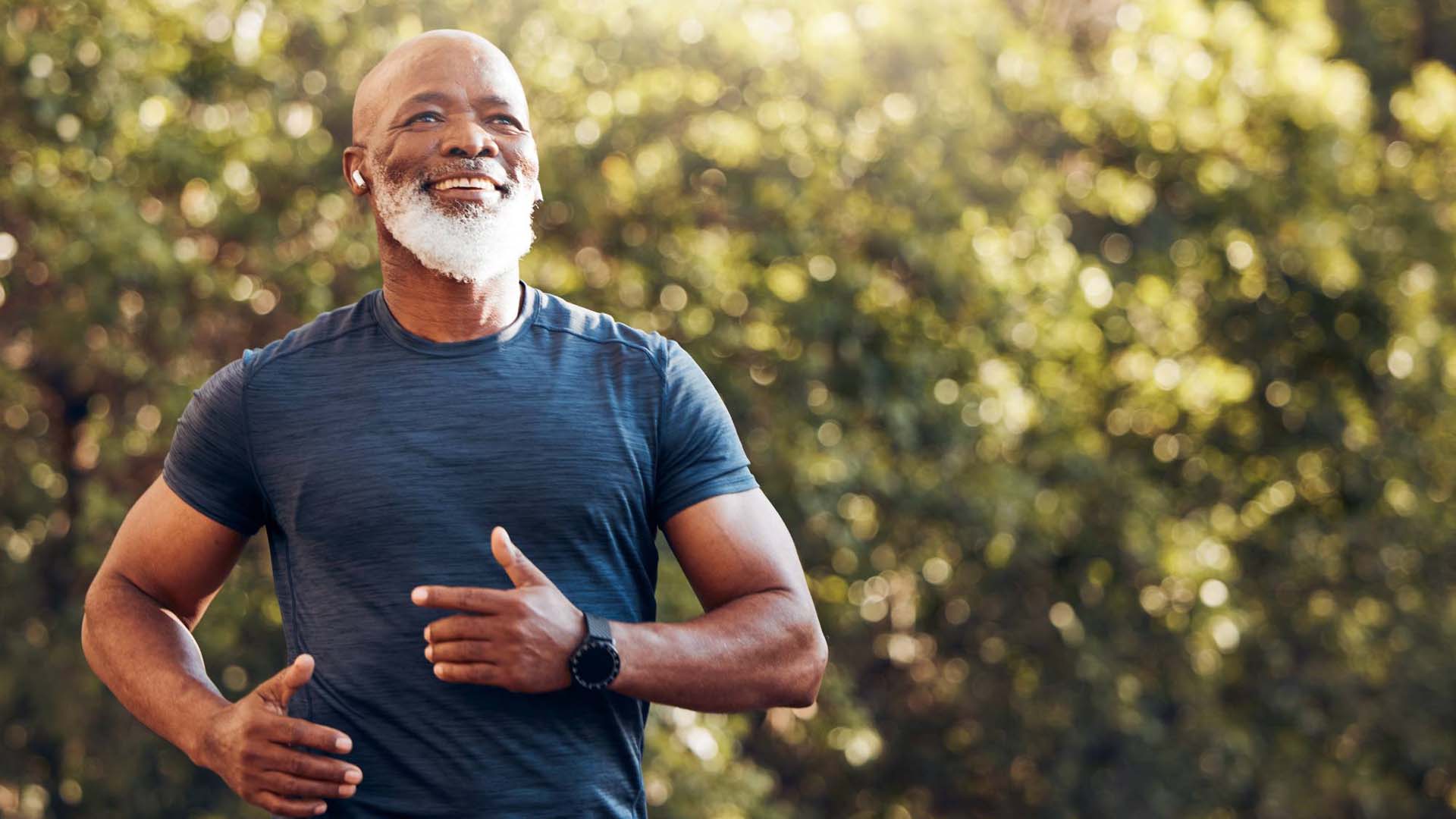
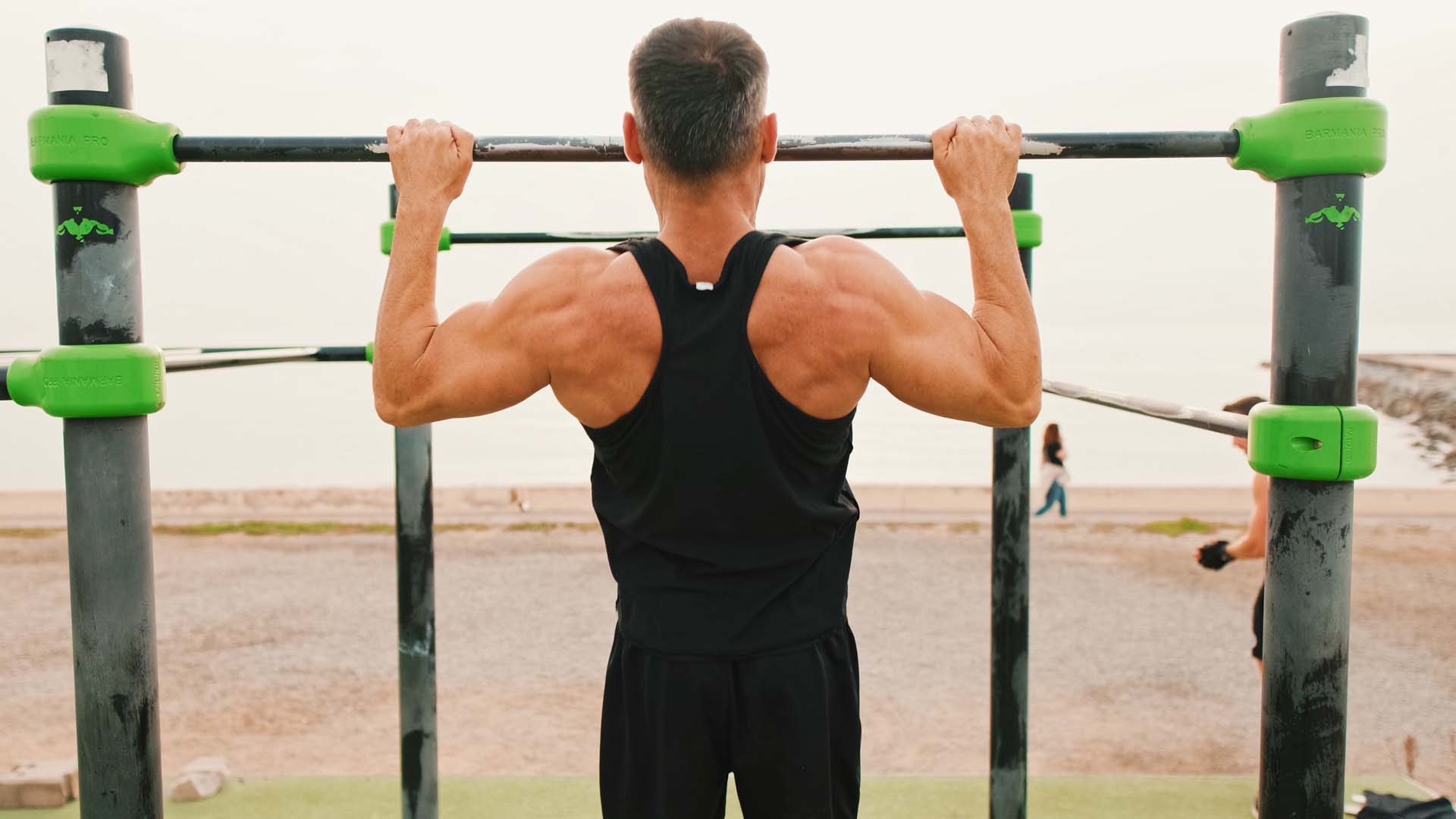
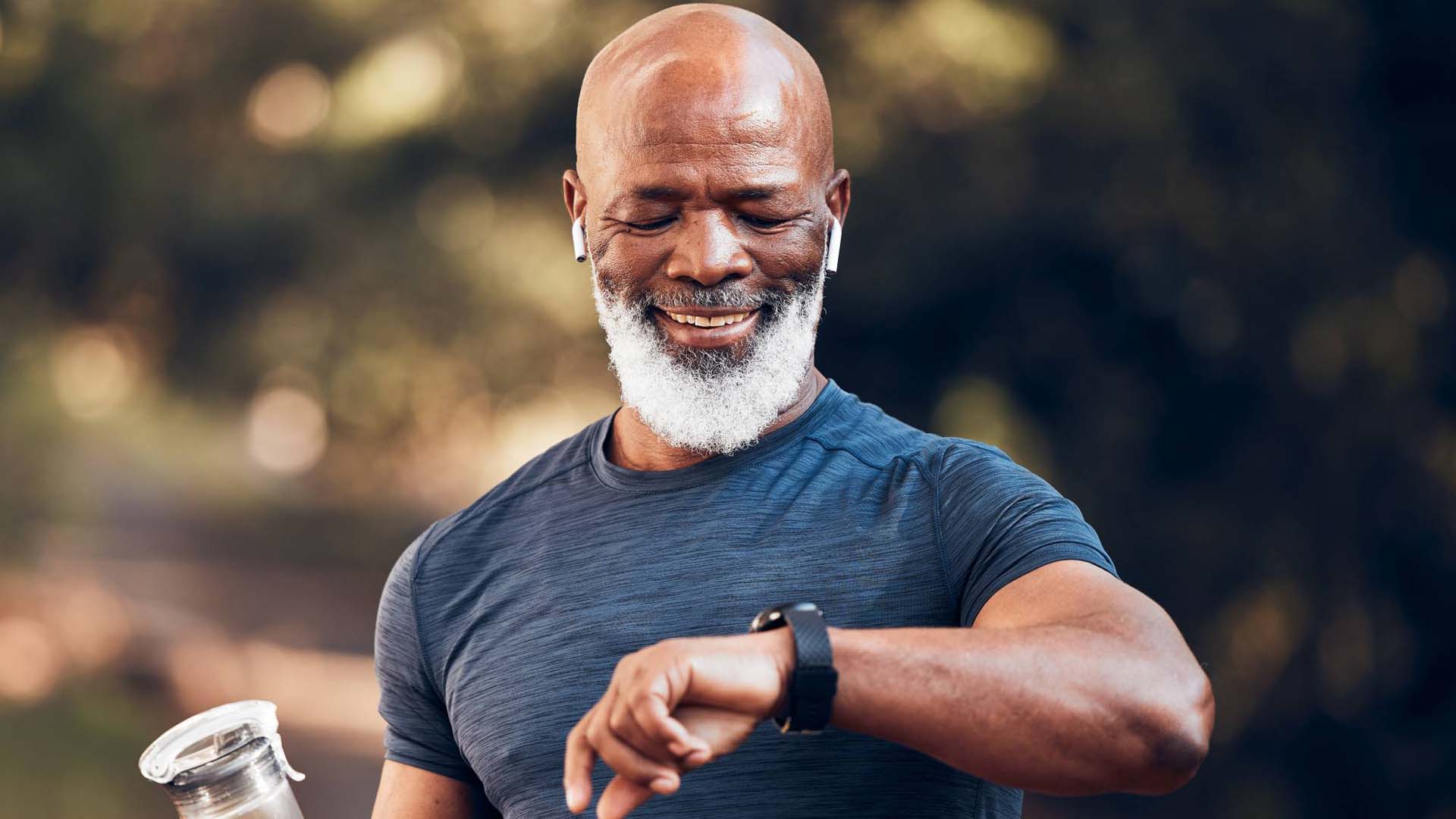
Your questions answered about what really is a good 5k time.